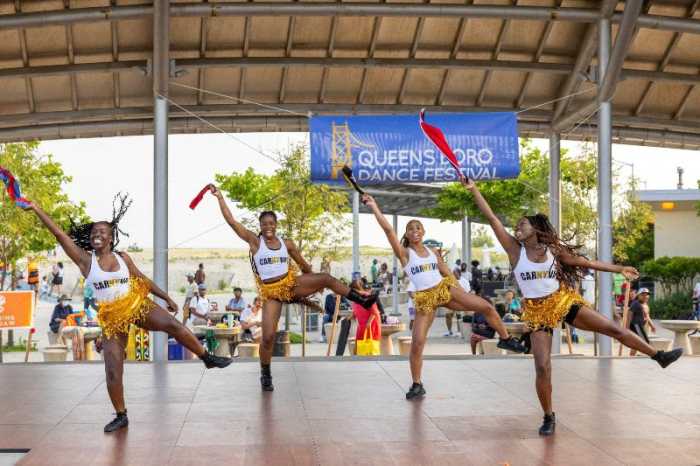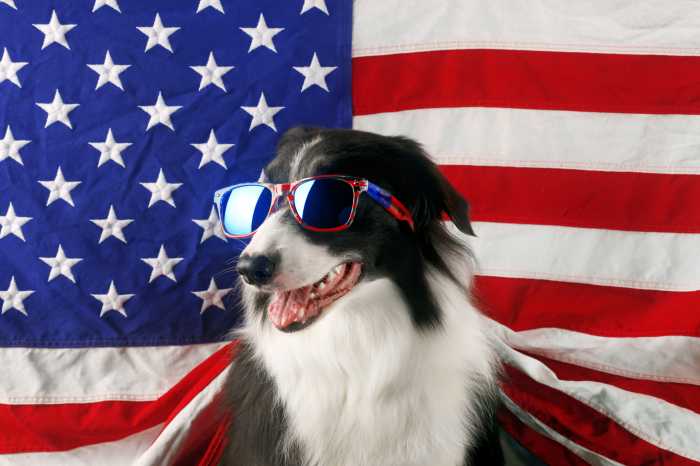By Philip Newman
Queens has more adults working at low-wage jobs than any other borough in what an urban research agency called an illustration that “an alarming number” of city residents lack the education and skills to get better-paying jobs.
Queens also has the city’s largest percentage of illiterate adult residents.
The Center for an Urban Future, a public policy think tank based in Manhattan, said if things do not change, it could mean industries will no longer find enough workers with necessary education for the jobs they offer and will avoid the city.
“Why would an employer come to a place where it’s hard to find space, where it’s expensive to do business, where it’s congested?” said Seth Pinsky, president of the city Economic Development Corp. “The reason businesses come here is because of our people.”
“We can’t succeed as an economy with a population that’s under-educated and under-skilled,” Pinsky said. “We need to invest in the people who are born here and grow up here.”
James Brown of the state Department of Labor pointed out that New York is a city that rewards education.
“It’s increasingly clear that you need more than a high school education to make good salaries,” he said.
The report found:
• Queens has more than 351,000 people age 18 and over working at low-wage jobs — meaning $11.15 an hour or $24,000 a year. Brooklyn had 291,000, the Bronx 168,000, Manhattan 140,882 and Staten Island 38,098. The city total is close to 1 million.
• More than 1.5 million adults in the five boroughs, who account for over 25 percent of all adult New Yorkers, do not have adequate literacy skills. In every borough except Staten Island, at least one quarter ofadults are functionally illiterate, meaning they are unable to perform such tasks as reading medical instructions, filling out a form or adding up the amounts on a bank deposit slip.
• Queens tops the city with illiterate adult residents, who make up 46 percent of people 18 or older, followed by 41 percent in the Bronx, 37 percent in Brooklyn, 25 percent in Manhattan and 14 percent in Staten Island.
The future is not bright, the Center for an Urban Future, said, since as of 2006-07 just under half of all elementary and middle school students in the city read below state and city standards. Nearly 1.2 million city residents age 25 and older, or more than 21 percent, lack a high school diploma or the equivalent.
If current demographic and educational attainment trends persist, New York’s future workforce will become less skilled even as the economy continues to shift toward “knowledge jobs,” the report warned.
Hispanics and other non-white residents are expected to drive much of the city population growth, but these groups have much lower rates of educational attainment. Among eighth-graders, only 52 percent of Hispanics and 45 percent of black students score at or above the basic level in math compared with 77 percent for white students.
The center called for “a greatly increased number of adult New Yorkers with a high school diploma or GED, “ensuring that many more of those graduating from high schools are prepared to enroll and excel in post-secondary education,” efforts to boost two-year college graduation rates and a commitment to make it possible for a far larger share of immigrants who do not speak English well to get access to English as a Second Language classes.
Reach contributing writer Philip Newman by e-mail at timesledgernews@cnglocal.com or phone at 718-229-0300, Ext. 136.



































